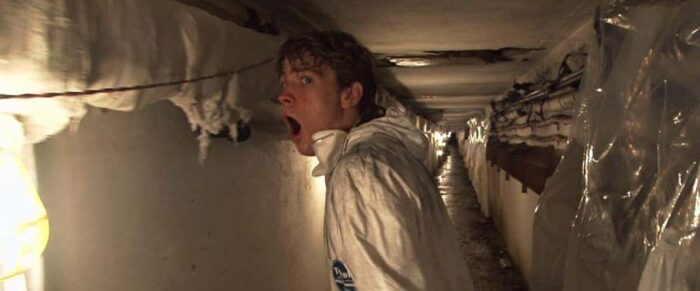
from RANKER by Jason Bancroft
#12 The Movie Was Way Ahead Of Its Time – And That Affected Its Success
Session 9 may have been made and released in the midst of the post-Scream slasher boom, but its focus on interiority and building an atmosphere of crawling unease rather than body counts or jump scares feels of a piece with the so-called “elevated horror” of the last few years. Which is to say that it’s closer in tone and style to flicks like Hereditary, The Witch, The Babadook, and maybe especially Blackcoat’s Daughter or Devil’s Candy, than some of the other films that came out the same year it did, such as Jeepers Creepers or Jason X.
“We definitely set out, consciously, when we were writing the script and making the movie, to subvert the conventions of the so-called horror genre that exists now, which, in my opinion, is less horror than it is teen thriller,” Brad Anderson said in a round table discussion. “True horror, I think, deals with dread and menace, you know? It gets under your skin and sort of infects you. Because it’s about … because it should be about characters, I think.”
Unfortunately, the very traits that make Session 9 such an ideal film to revisit today made it a tough sell back in 2001. “Anderson gives Session 9 a different feel than the average horror movie or whodunit,” Scott Tobias wrote at The AV Club, “which may partially explain why it frustrated so many critics at the time, and limped into only a few theaters. Its effects are more subtle, insinuating, and mysterious.”
#10 Indie Horror Legend Larry Fessenden Has A Small Role

A jack of all trades, Larry Fessenden has worked as an actor, director, and/or producer on more than a hundred films, many of them independent horror features. His credits behind the camera include Habit, Wendigo, and Depraved, while his Glass Eye Pix production company has put out films like The House of the Devil, Stake Land, The Innkeepers, Late Phases, and The Ranger. As an actor, he recently played the cat-loving motel owner in Jim Jarmusch’s unlikely zombie comedy The Dead Don’t Die.
In Session 9, he appears near the end of the film as the ill-fated Craig McManus, a figure that the other characters have talked about – David Caruso’s Phil wants to bring him onto the job to replace Hank, even before Hank goes missing – but one that we have never seen. He arrives at the hospital in the film’s final reel, just in time to receive an awl (of the type used in frontal lobotomies, which were supposedly pioneered at Danvers) in his eye for the trouble.

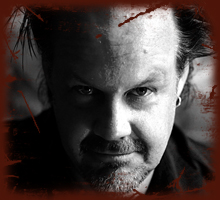
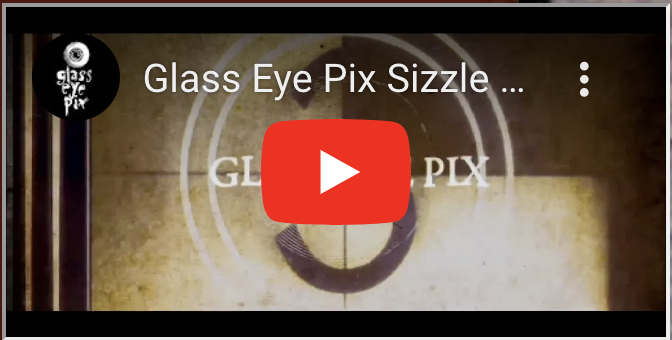
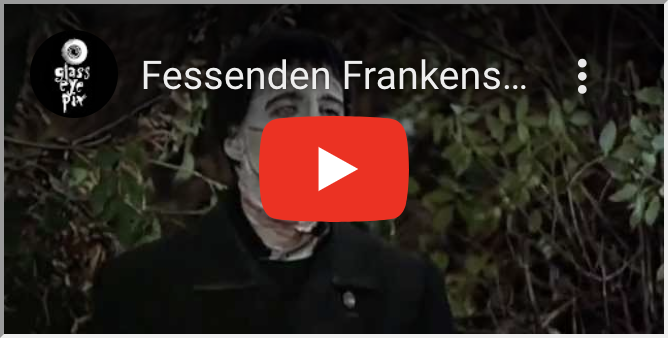
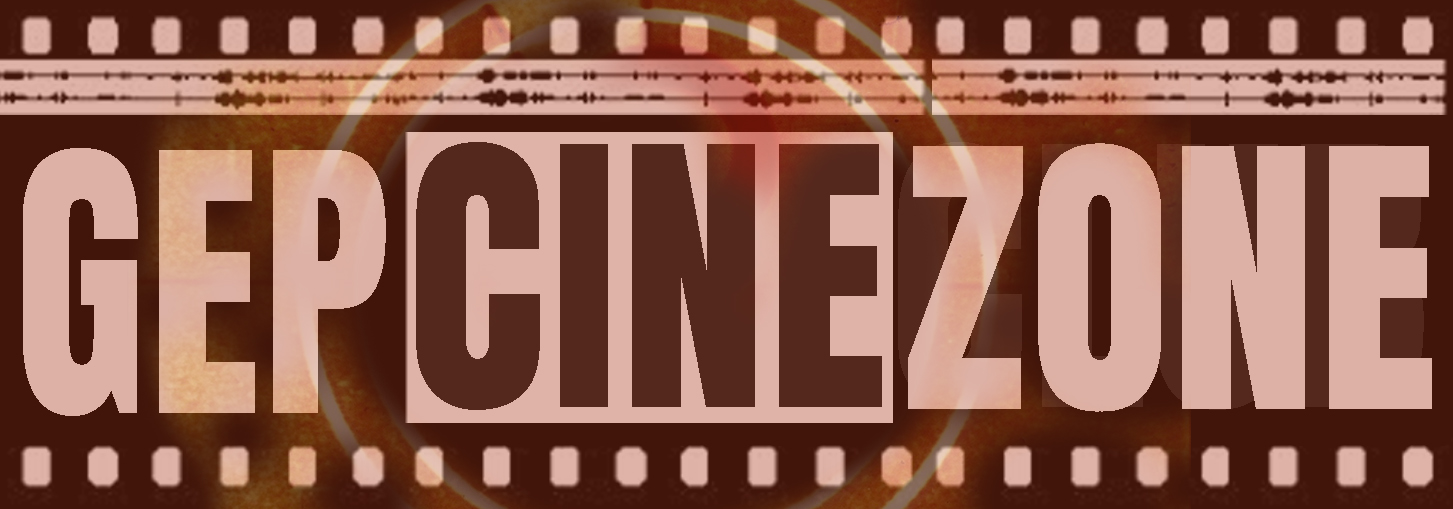



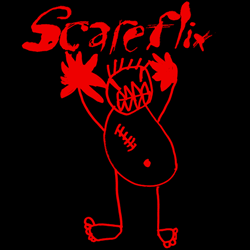
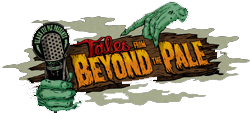
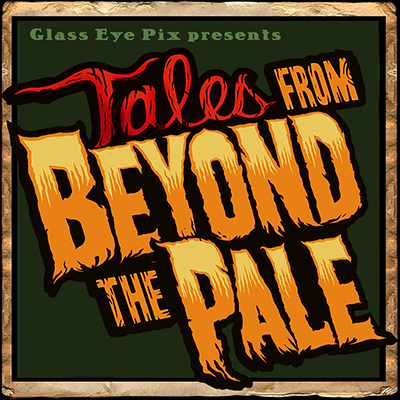
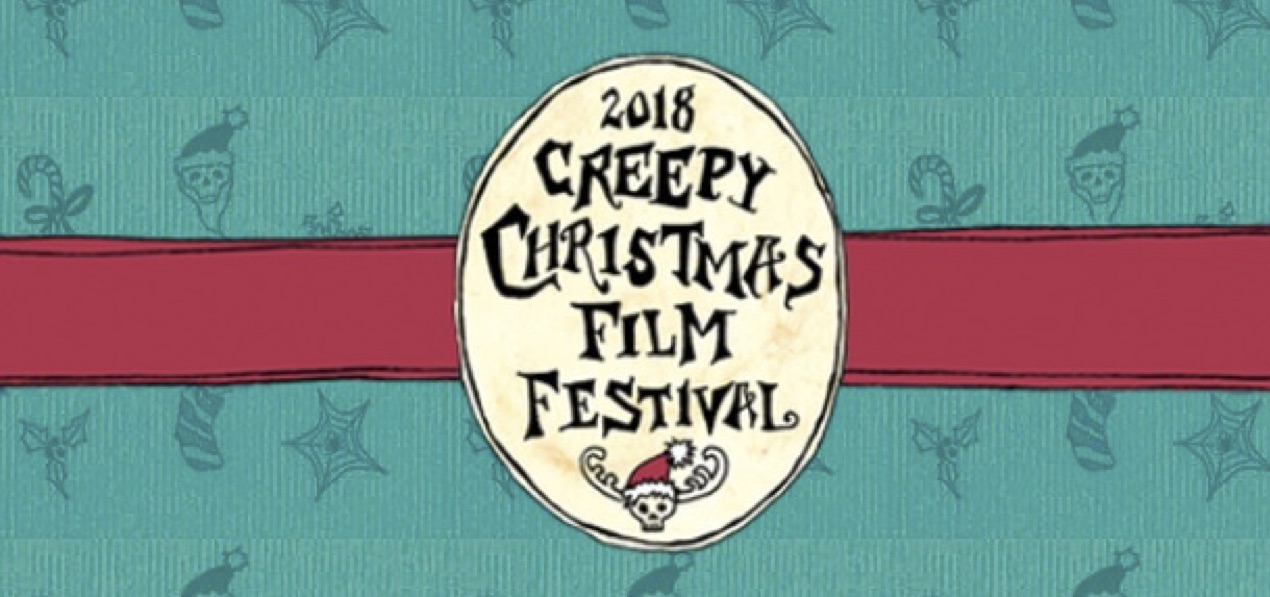
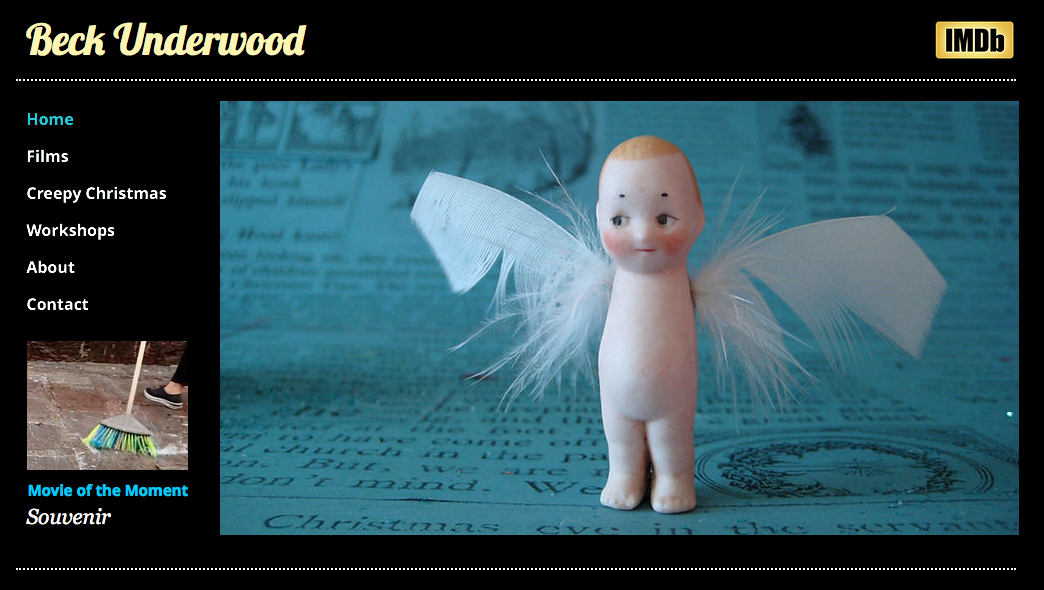
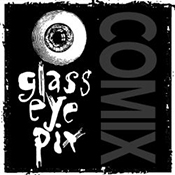




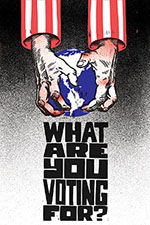
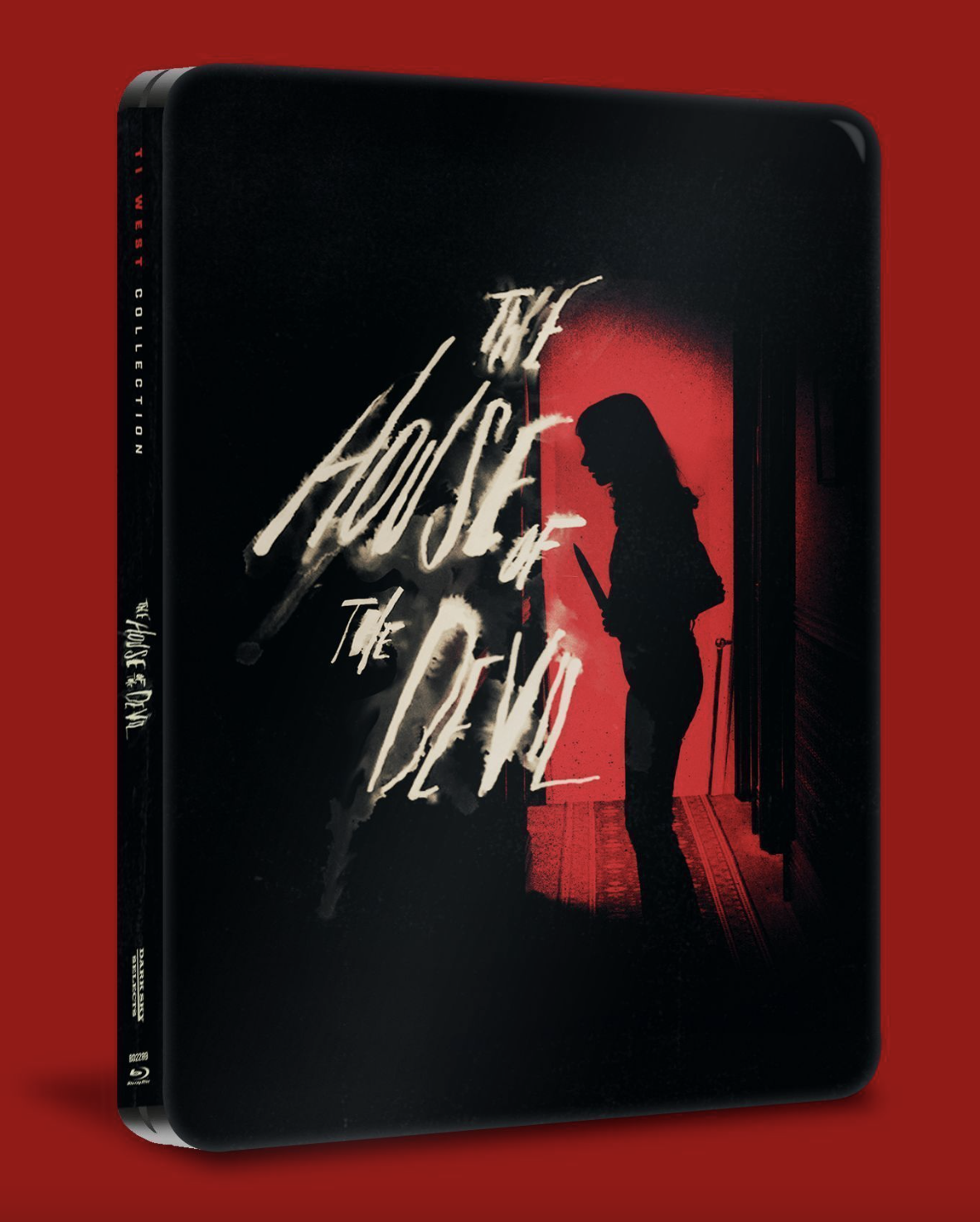
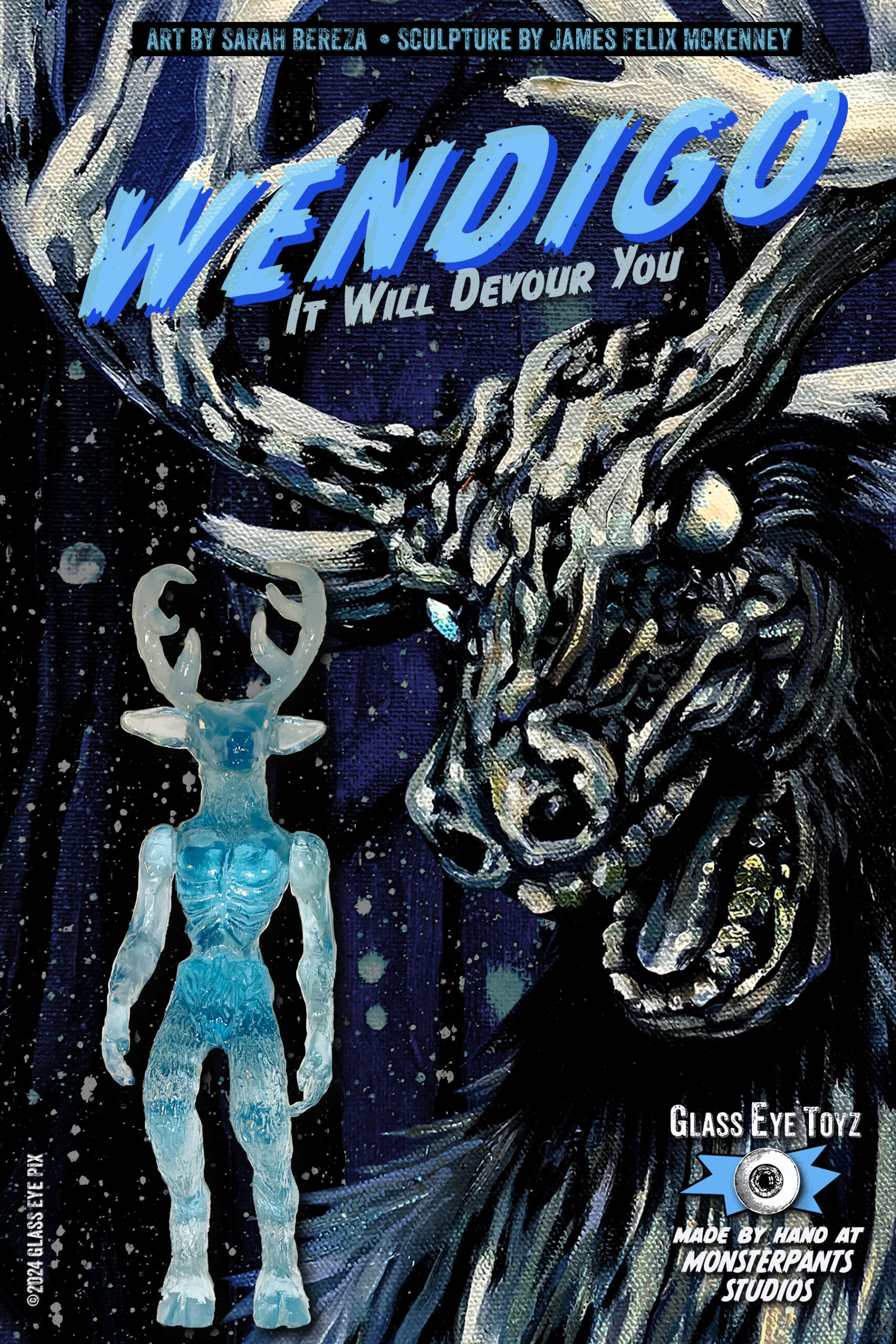
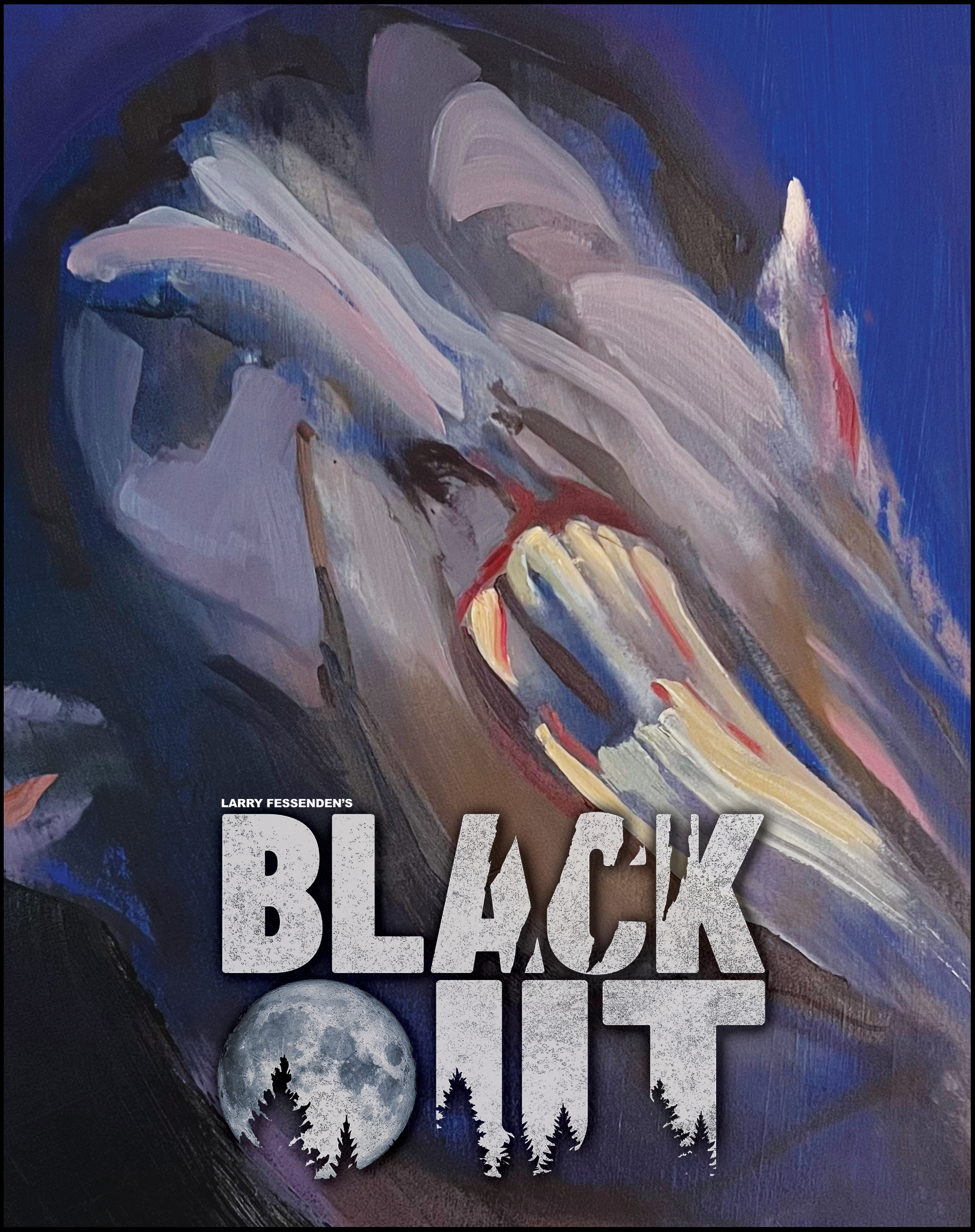
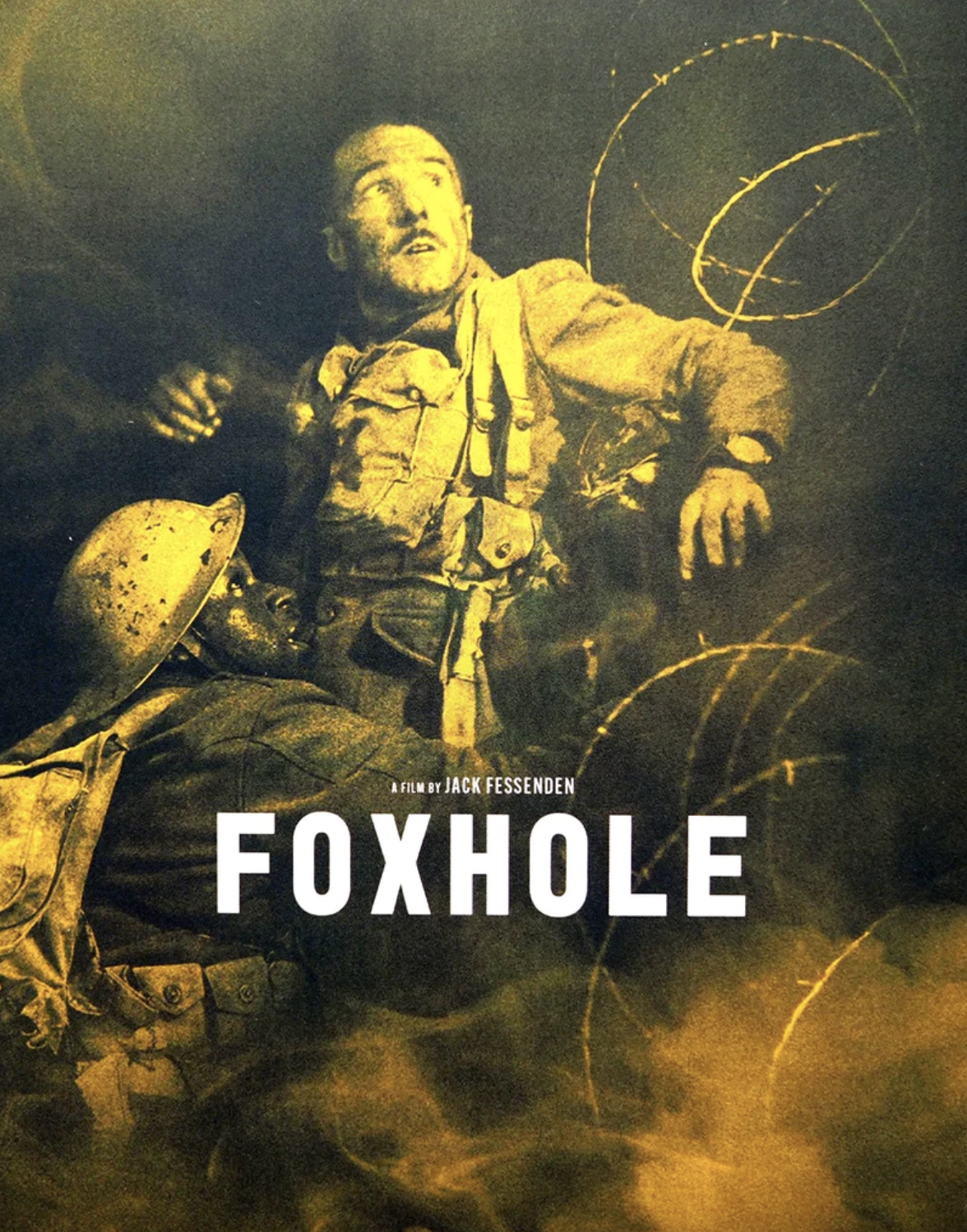

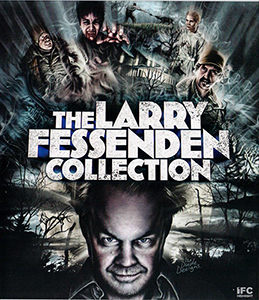
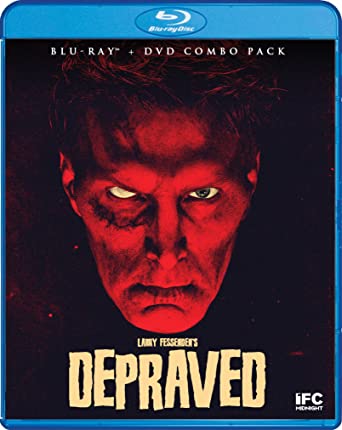
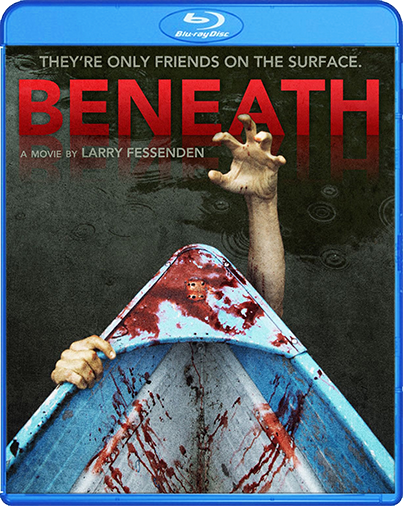
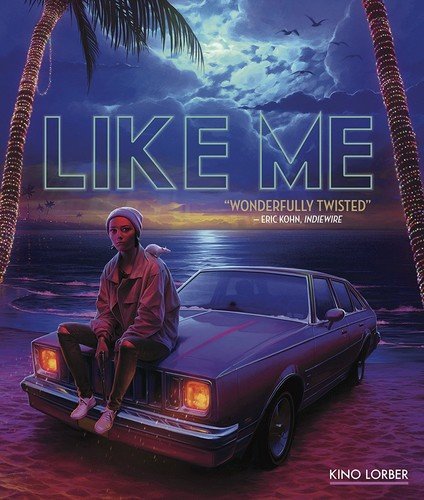
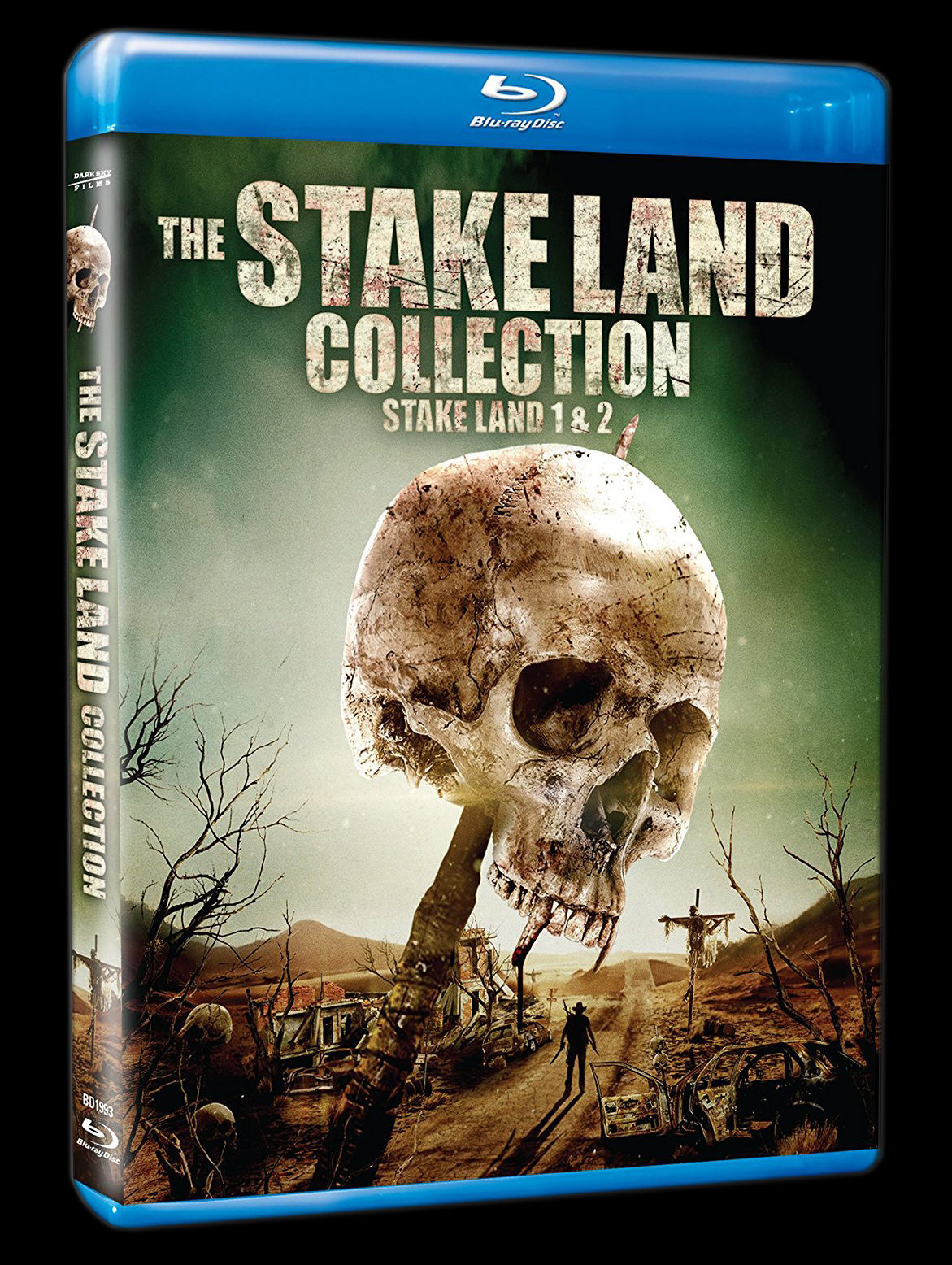
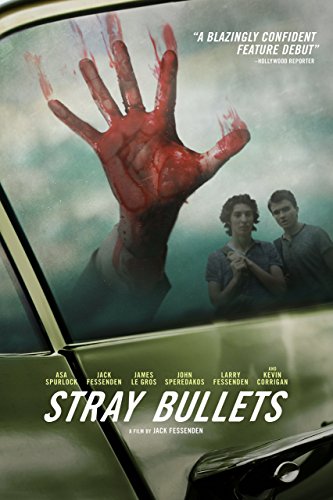
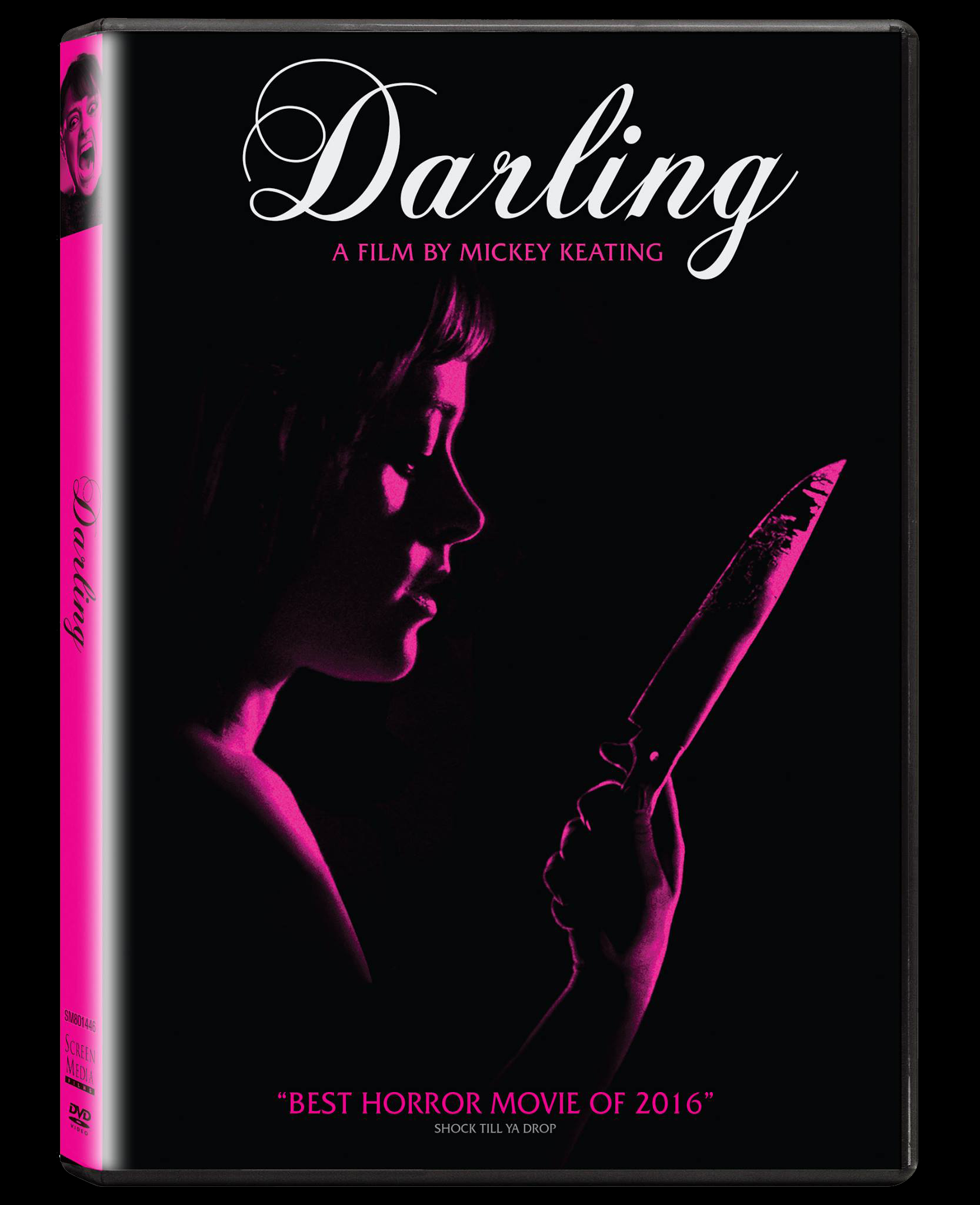
Add a comment